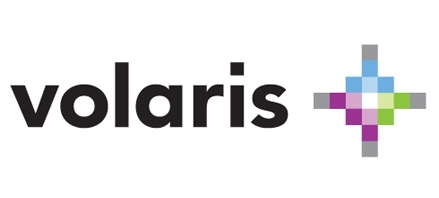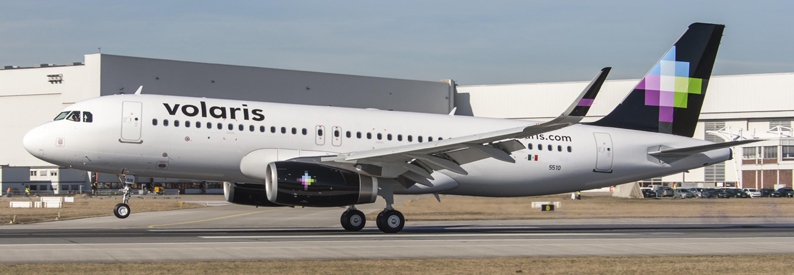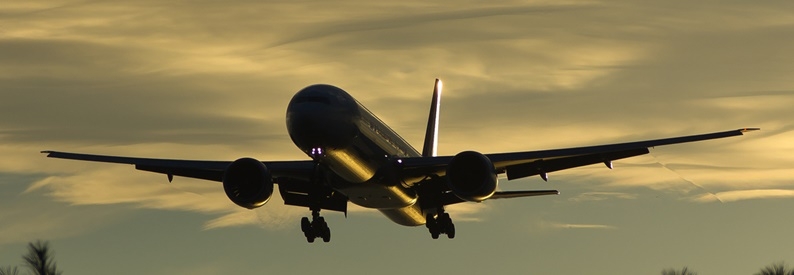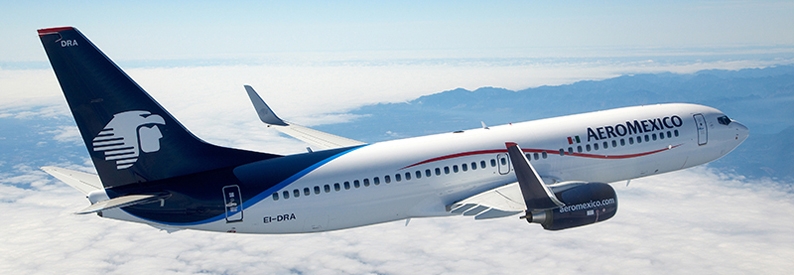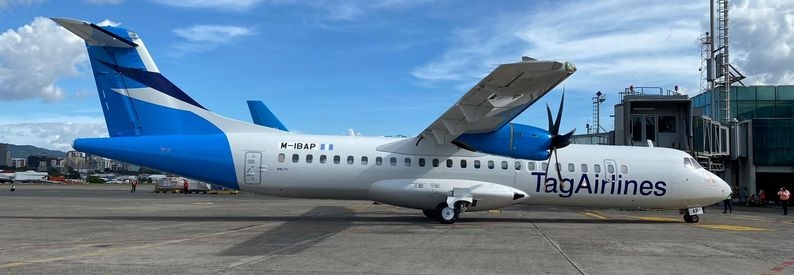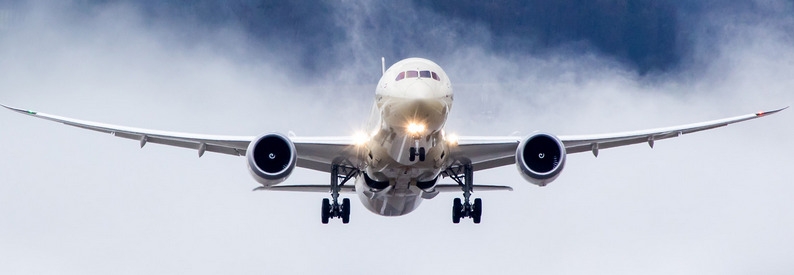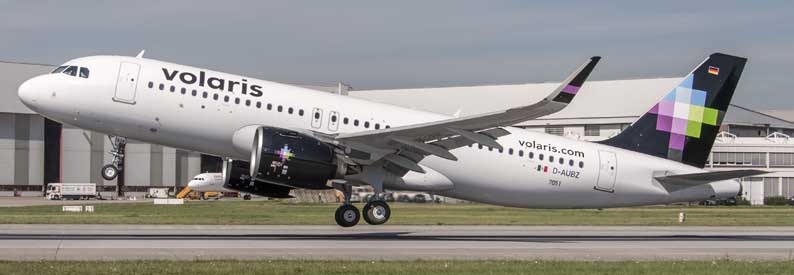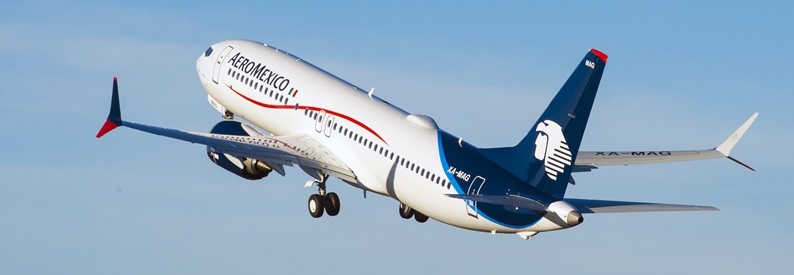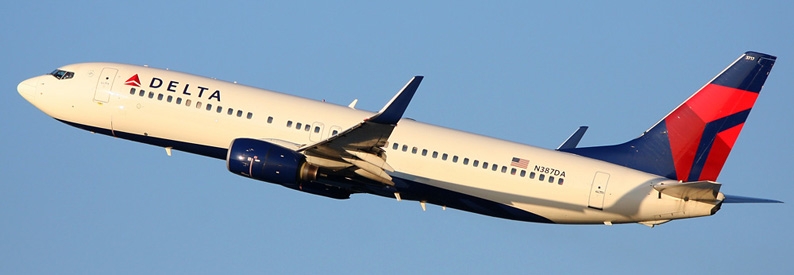Mexican ultra-low-cost carrier Volaris (Y4, México City International) has ambitious growth plans, including the launch of a long-planned subsidiary in El Salvador by year-end to consolidate its presence in Central America, says Executive Vice President (Commercial and Operations) Holger Blankenstein.
“We are on track to launch Volaris El Salvador (N3, San Salvador International) by the late third quarter to complement our presence in Costa Rica and enable us to take advantage of route rights from El Salvador, the biggest Central American VFR markets to the US. Growth in Central America is increasingly important to diversify the Mexican revenue base, generate more US dollar-denominated revenue, maintaining our low operating costs; and very importantly, take advantage of market opportunities left by weaker competitors in the region,” he explained, referring to the market gap left by the likes of Interjet (Toluca) and Aeroméxico (AM, México City International), the latter being restructured.
As reported previously, the El Salvadoran start-up already secured its AOC in June 2019, but plans for a September launch that year never materialised.
Blankenstein and fellow company executives spoke during a conference call with financial analysts after the company reported a strong recovery in its second-quarter 2021 financial results. This included 14% higher available seat miles (ASM) and 22% higher total operating revenue divided by available seat miles (TRASM) versus the second quarter of 2019, which the company acknowledged was fueled by the void left in the Mexican market and pent-up travel demand.
Volaris’s EBITDAR of MXN4.7 billion peso (USD233.7 million) almost doubled compared to the second quarter of 2019. As of June 30, Volaris had cash and cash equivalents of USD532 million, representing 128 days of operating expense.
President and Chief Executive Officer Enrique Beltranena said Volaris was in a strong position for growth as it had recovered operationally and financially to pre-COVID-19 levels. The company had been working on a detailed and well-analysed expansion plan, which included expanding its presence in Central America with franchisee Volaris Costa Rica (Q6, San José Juan Santamaría) and Volaris El Salvador, and extending its footprint to Northern South America under the same ultra-low-cost carrier business model.
“We're planning to incorporate 25 new A320neo Family aircraft over the next 18 months, closing this year with 101 aircraft and finishing 2022 with 113 aircraft. This will increase the percentage of A320neo Family aircraft to 54% by year-end 2022. We will continue to focus on building market presence in our strongest cities, continue our campaign to switch bus travellers, target capacity increases in the most attractive markets, and develop additional leisure opportunities,” he added.
Volaris would deploy most of the additional capacity at México City International, which had the biggest capacity gap versus pre-COVID levels. The airline would also use some of the new capacity to strengthen its position in Tijuana on the North-West Pacific coast and Guadalajara, a city in western Mexico. Between 18 to 22 aircraft could be deployed in Central America in the medium-term as demand returned to pre-COVID levels. New routes from Mexico to South America would be launched, with Bogotá, the capital of Colombia, being the first.
With a fleet of six A319-100s (of which three are in service in Costa Rica), forty A320-200s, thirty-one A320-200Ns, ten A321-200s, and six A321-200Ns, Blankenstein said the LCC was one of the highest utilisation airlines of similar size and aircraft type in the world. During the second quarter, Volaris had flown more than 38,000 segments to more than 70 different stations in Mexico, the US, Costa Rica, Guatemala, and El Salvador, he added.
- Type
- Base
- Aircraft
- Destinations
- Routes
- Daily Flights
